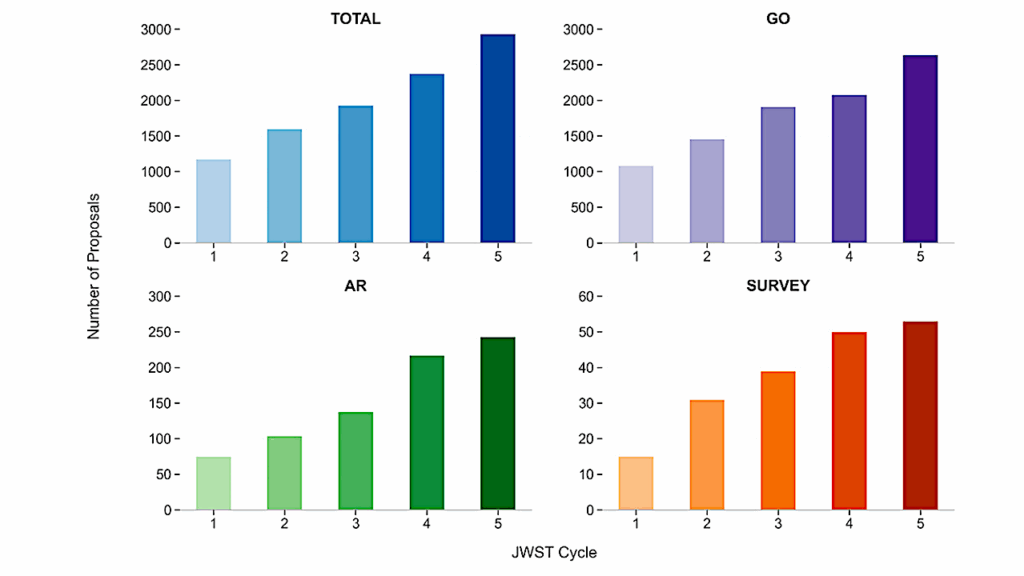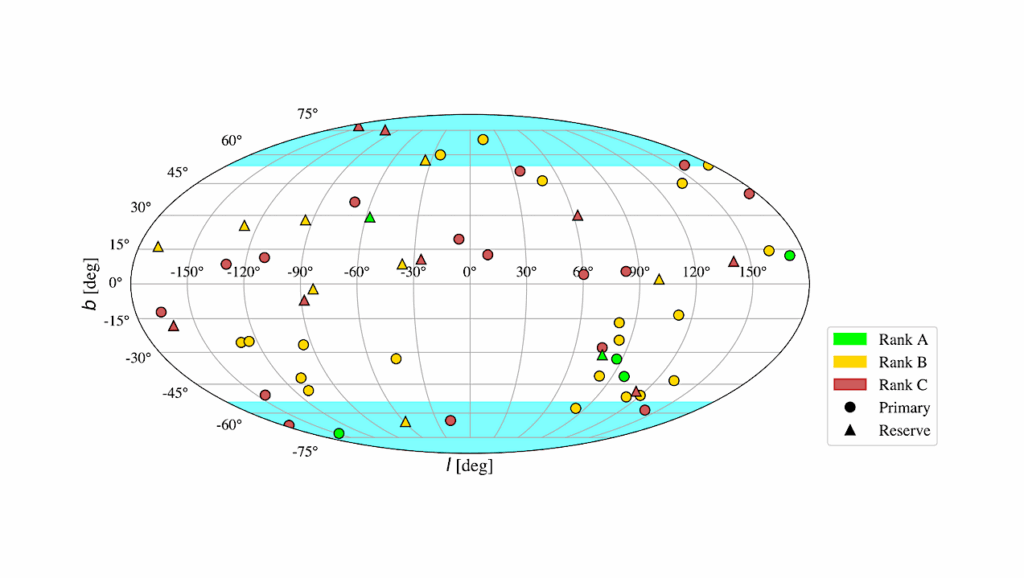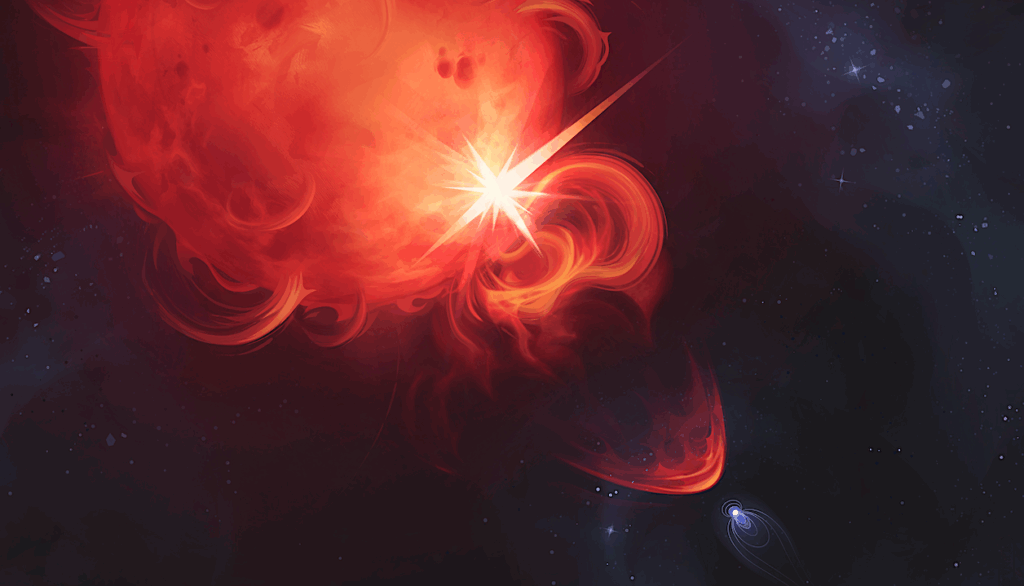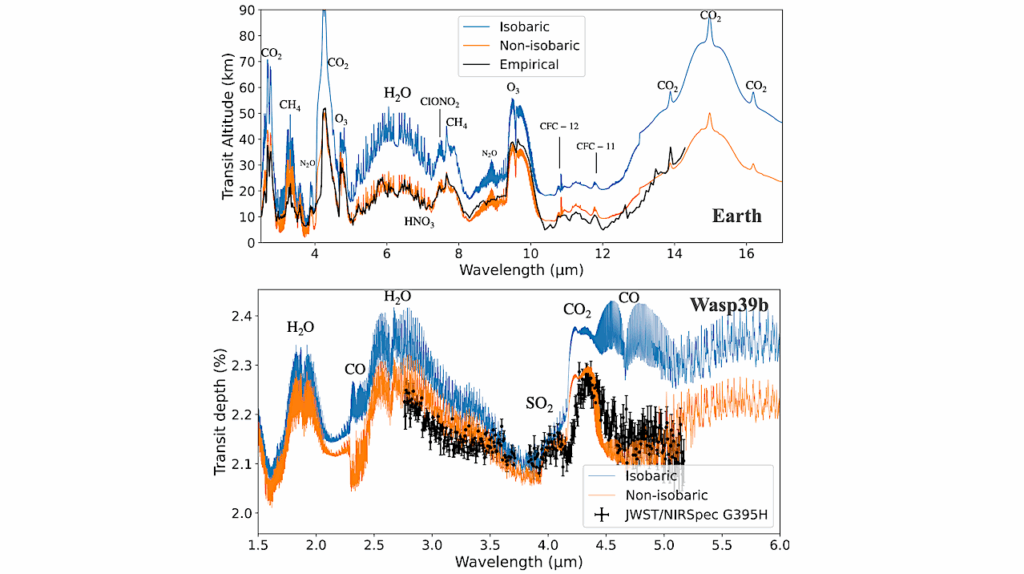The Bulk Composition of Exo-planets

Priorities in exo-planet research are rapidly moving from finding planets to characterizing their physical properties. Of key importance is their chemical composition, which feeds back into our understanding of planet formation.
For the foreseeable future, far-ultraviolet spectroscopy of white dwarfs accreting planetary debris remains the only way to directly and accurately measure the bulk abundances of exo-planetary bodies. The exploitation of this method is limited by the sensitivity of HST, and significant progress will require a large-aperture space telescope with a high-throughput ultraviolet spectrograph.
Comments: Submitted in response to NASA call for white papers: “Large Astrophysics Missions to Be Studied by NASA Prior to the 2020 Decadal Survey”
Boris Gaensicke, John Debes, Patrick Dufour, Jay Farihi, Michael Jura, Mukremin Kilic, Carl Melis, Dimitri Veras, Siyi Xu, Ben Zuckerman
(Submitted on 12 May 2015)
Subjects: Earth and Planetary Astrophysics (astro-ph.EP); Solar and Stellar Astrophysics (astro-ph.SR)
Cite as: arXiv:1505.03142 [astro-ph.EP] (or arXiv:1505.03142v1 [astro-ph.EP] for this version)
Submission history
From: Boris Gaensicke
[v1] Tue, 12 May 2015 20:00:17 GMT (64kb)
http://arxiv.org/abs/1505.03142








